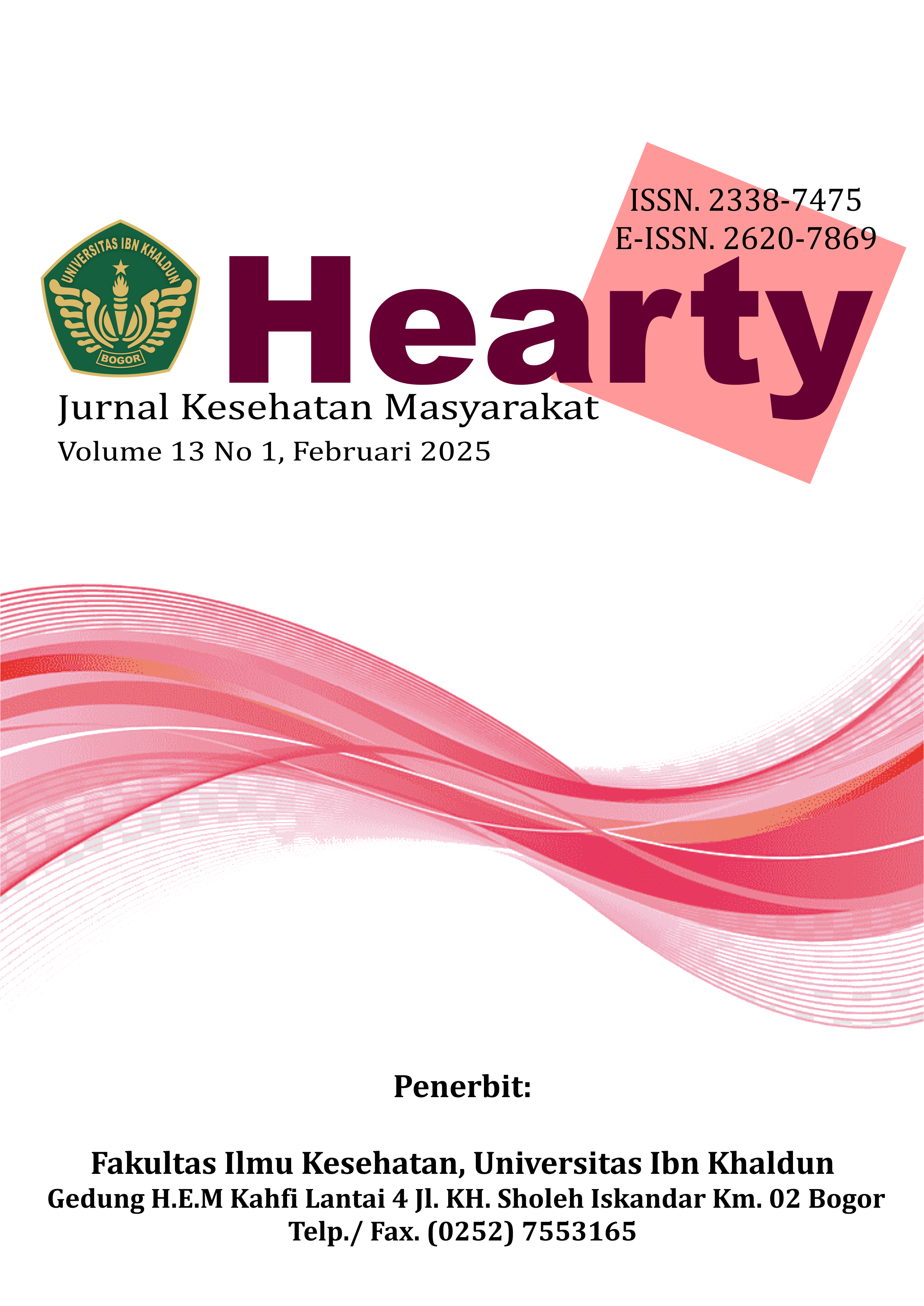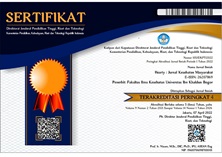EVALUATION OF DIGITAL EYE FATIGUE IN COMPUTER USERS: AN OPTOMETRY PERSPECTIVE
DOI:
https://doi.org/10.32832/hearty.v13i1.18736Abstract
Digital Eye Strain (DES) is an increasingly common problem among computer users due to prolonged screen use. The study aims to assess the prevalence and severity of DES in different age groups, as well as identify the main factors that play a role in this condition. Over the past few decades, the use of digital devices such as computers, tablets, and smartphones has experienced a significant increase. DES is a set of symptoms in the eyes and vision associated with long-term use of digital devices. Common symptoms that are often reported include dry eyes, blurred vision, headaches, and eye fatigue. Several studies show that the prevalence of DES is quite significant, especially among office workers, students, and students who frequently interact with digital screens. This phenomenon received serious attention in the field of optometry because it can affect a person's quality of life and productivity. Various factors can affect how severe DES is, such as length of screen time, lack of lighting, body position, and visibility to the screen. Therefore, a thorough assessment is needed to understand the extent to which DES affects computer users and how optometric methods can be utilized to mitigate its adverse effects. This study aims to analyze the association between the length of computer use and the level of degenerative eye syndrome (DES) in users and evaluate the effectiveness of optometrative interventions, such as the use of special corrective lenses, exposure adjustments, and recommendations for rest, in reducing DES symptoms among computer users. The method used was a cross-sectional study involving participants between the ages of 18 and 60 years. Participants include lecturers, students, and teaching staff in the ARO Leprindo environment. Data was obtained through a structured questionnaire that evaluated the duration of screen use, DES symptoms, and lifestyle factors. A thorough eye examination is carried out, including visual acuity testing, refractive assessment and analysis of the tear layer. This study emphasizes the significance of routine optometrical assessments and interventions to reduce the negative effects of excessive use of digital devices on eye health.























